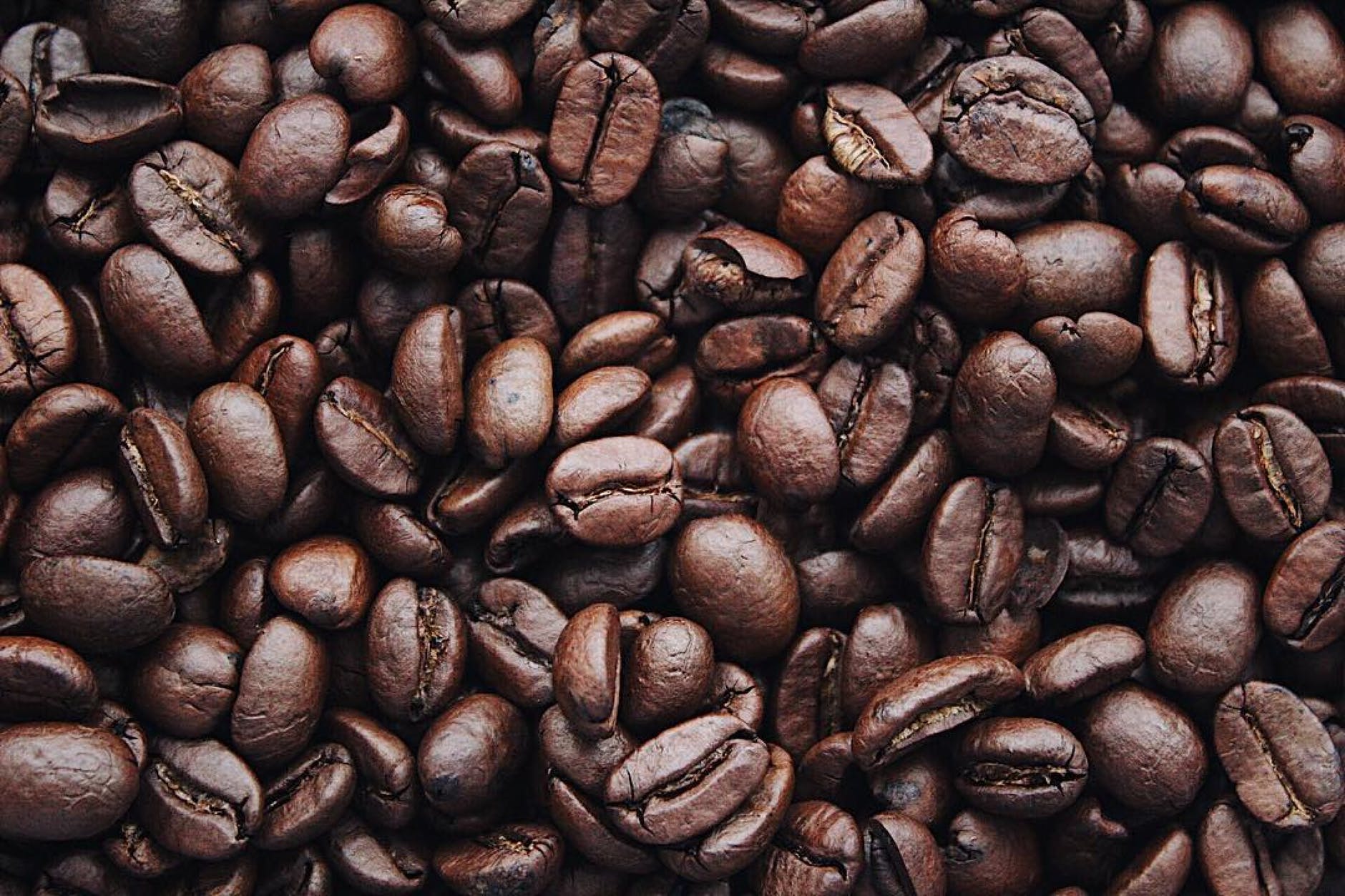As a coffee lover, I have always been fascinated by the process of transforming a coffee bean from a bean into a hot beverage that has an intense aroma and taste. So we will dedicate this article to all those who love this scent and want to know what happens from planting the seeds to making this hot drink.
Some of the most beautiful varieties of coffee come to us from Central America, South America, Asia, and the Middle East.
To be able to enjoy the benefits that this grain offers us, the process begins somewhere far away in places far from civilization. Coffee seeds are planted in these fields. These pedals where this product grows, the soil and weather conditions are mostly wet, which helps the seed to grow into a beautiful fruit. But humidity is not a sufficient factor for its growth, it also needs protection from sunlight and light that can destroy and dry the plant. That is why the manufacturers install a kind of eaves that can be made of ordinary canvas material, to protect the plants. It can take several years for the fruit to begin to be harvested, usually three to four years.
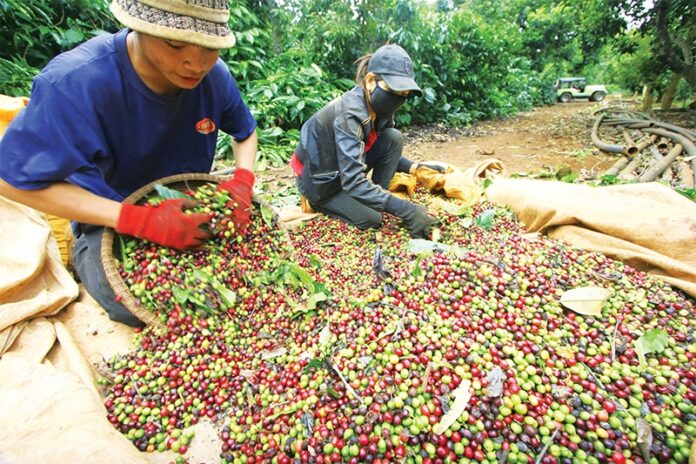
Harvesting takes place twice a year where a large number of workers visit these plantations and mostly pick the grains by hand. But lately, manual harvesting has been replaced by machine harvesting because it is a huge plantation that requires a large number of workers and to save time, machines are used that complete the work.
However, it is better to pick them by hand because the fruits should be selected and harvested only when they are ripe, and the rest is left for later when it ripens.
After the harvest is over, the processing of the fruits begins. Here we can meet two techniques. One is the natural method or the dry method which is an old and original technique, where the fruits are placed on substrates and left to dry for some time. When the necessary time for drying has passed, the outer casing is removed and the inside is reached, ie the coffee bean itself.
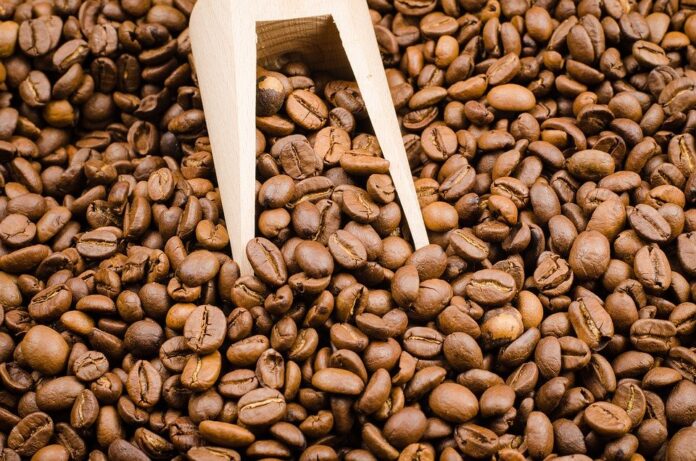
The second method, which is called the wet method where the pulp is removed immediately. The fruits are placed in a machine where the peel is removed and only the outer shell of the coffee bean is left. Later in the machine, those grains that are mature are separated from those that are immature, where they are later divided in size. At the end of this process, they are transferred to thicker rolls where they are left to stand for a day or two, and finally, the process of drying the grains is started.
Drying takes place naturally. The grains are distributed over large areas and exposed to sunlight until dry. The humidity of the air at the locations where the plantations are, also plays a big role here, because the humidity does not allow the grain to be destroyed.
Instead, it helps to maintain all the characteristics needed to make a good coffee.
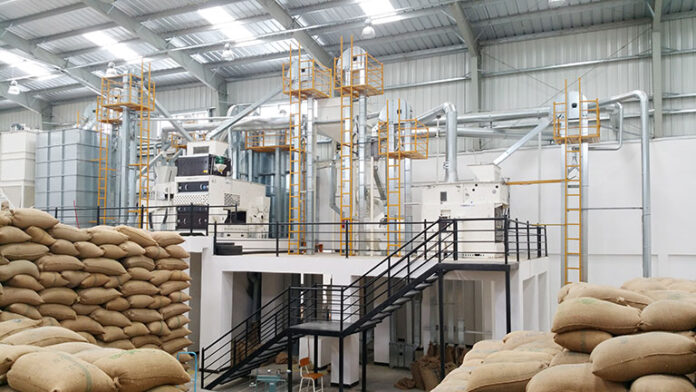
After drying to the required stage, the grains are collected and put back in machines. Now follows the process of removing the remaining parchment around the grain, further, the grains are polished although it is considered better to skip the polishing process, however, there is no big difference between the polished and unspilled grain. After completing this part, they grade and sort the grains according to color, size, and the like.
Coffee processing can be a long and arduous process, but it is still worth the full effort invested by the producers because in the end, we get the best possible drink that exists.
The final procedure of these plantations ends with the collection of green coffee beans in canvas bags which are further distributed to their next destination.
To find out the quality of the grains, the next thing they go through is their tasting by people who specialize in that work. This activity is called coffee cupping where the bean is tested, the aroma, taste, sweetness, bitterness are put to the test and evaluated by professionals. The grains are pressed in small devices intended only for that, they are immediately ground and the next thing is its preparation or brewing with boiled water. This liquid is later poured into cups where a thick foam can be seen on the surface. The taster first smells the freshly made coffee, tastes it with a spoon while it is still hot, and tries it again after it cools down. Finally, he gives his opinion on the quality.
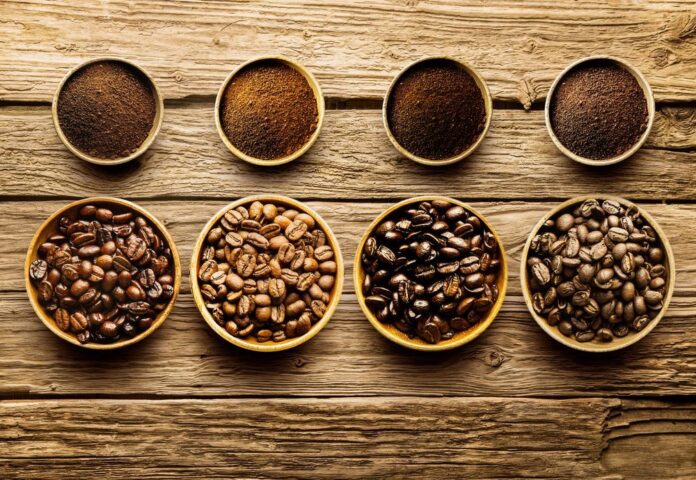
The final part of its processing follows, where it is transported to factories that print, grind and package it. From here it is transported to points of sale, such as markets or specialty coffee shops where we can buy it, take it home and immediately make coffee of our choice.
If you want to find out a lot more facts and information about coffee, we suggest you visit EraOfWe.com. This community aims to strengthen the future of the coffee industry. Their main mission is to connect with all the people who share the same love for coffee as they do and to become global leaders with their movement as one of the largest coffee communities in the world. So if you want to join them now you can do so because you will be welcome in their team. Feel free to read their articles that are attached to the site where you can find tips on how to make the best espresso, how coffee affects our body, what are the benefits of consuming it, how to choose the highest quality beans, and much more.
I hope you enjoyed reading this article and learned more about how the process goes from planting coffee plantations to consuming espresso or some other product. Speaking of espresso, it’s time to make one and enjoy its refined taste and aroma. And I suggest you do the same while researching the articles on the site I pointed out above.

